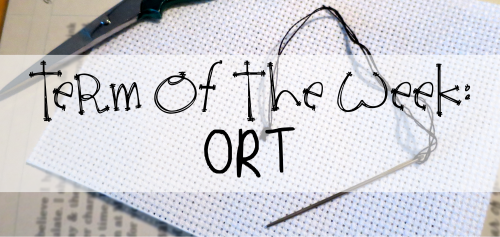Term of the Week: WISP & WIP
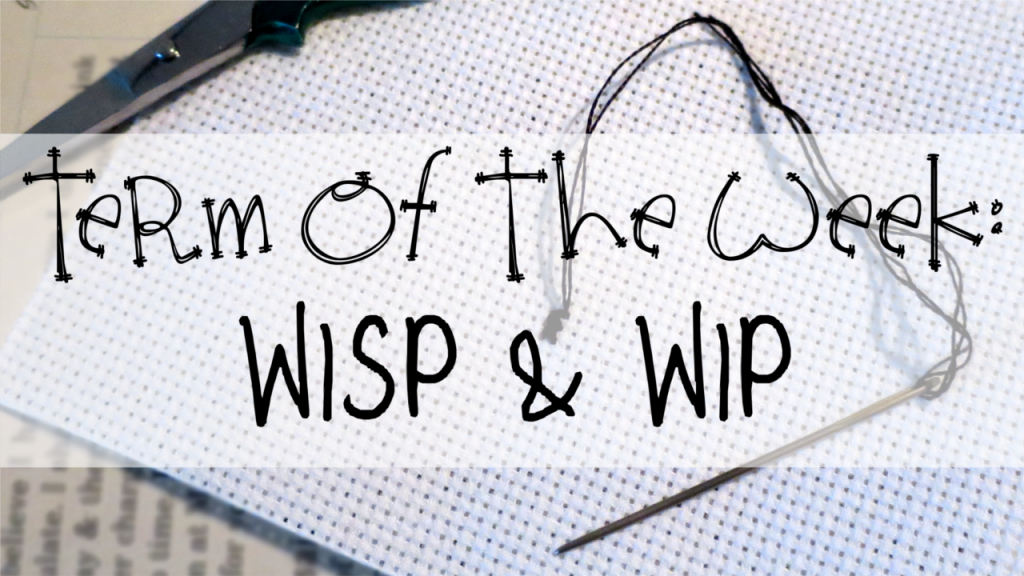
This week’s Term of the Week is actually one I have never heard until recently! (Which is a little surprising considering all the research I’ve been doing into all the terms, plus it seems common sense.) I’ve also included another one in here because it would be too short to have its own article.
So, WISP is an acronym: what does it stand for? Well, the acronym WIP is a pretty common acronym known across many crafts and fields, meaning ‘Work in Progress’. WISP is just a variation of that: it means ‘Work In Slow Progress’. It’s pretty much WIP with an added word to it that describe a much slower WIP.
It’s when you’re working on a project, but it’s moving very slowly: whether it’s because you keep setting it down for long stretches of time or it’s an especially difficult chart or you’re just moving slow in general. The key difference between WISP and UFO is that the project is still being actively worked on.
For example, my Cat Rotation and my Native Wolf Dream Catcher are extremely slow-going, but I wouldn’t call them UFOs because I do regularly pull them out and work on them. I’d work on them more if I didn’t keep getting distracted by new projects (such as my pillow cases) or making gifts/working on Christmas presents. If I decided to put them aside completely to work on new things, THEN it becomes a UFO – otherwise, it’s considered a WISP.
——————————————————————————
“Term of the Week” is a weekly blog post highlighting a new word or phrase commonly used among cross-stitchers but not found in an ordinary dictionary. These posts are to help explain the words’ meanings in context and provide a resource for anyone wondering what a term like “frogging” means. Check back every Thursday!
By the way – to keep up on Little Thread Crafts stitching news and get pictures, updates, and more that don’t appear on the blog until much later, follow me on Facebook, Twitter, and Instagram! I would greatly appreciate it!
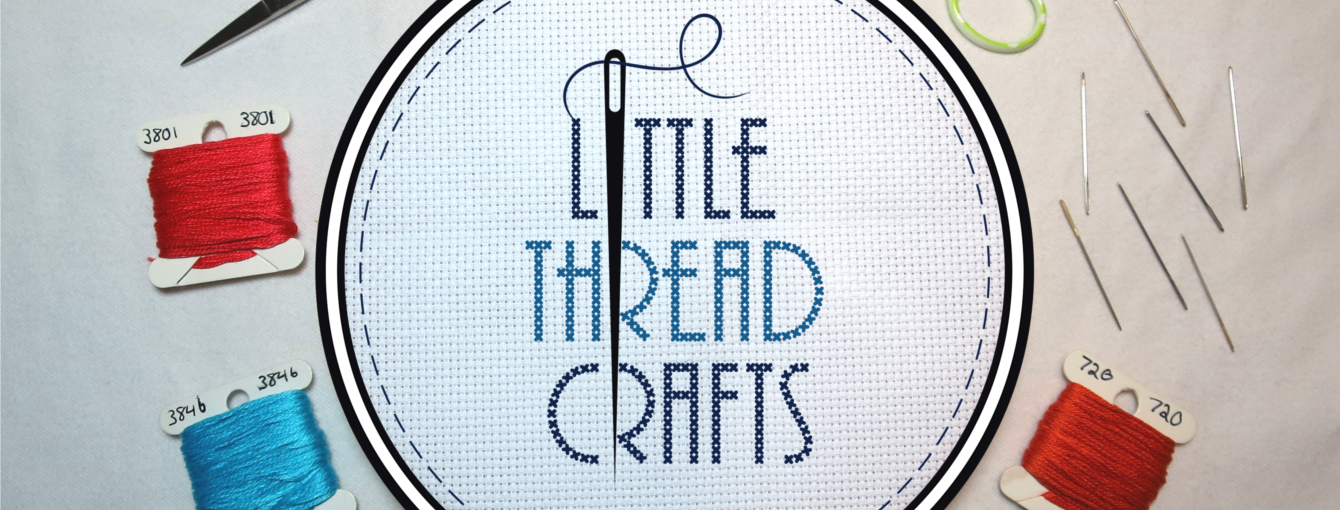
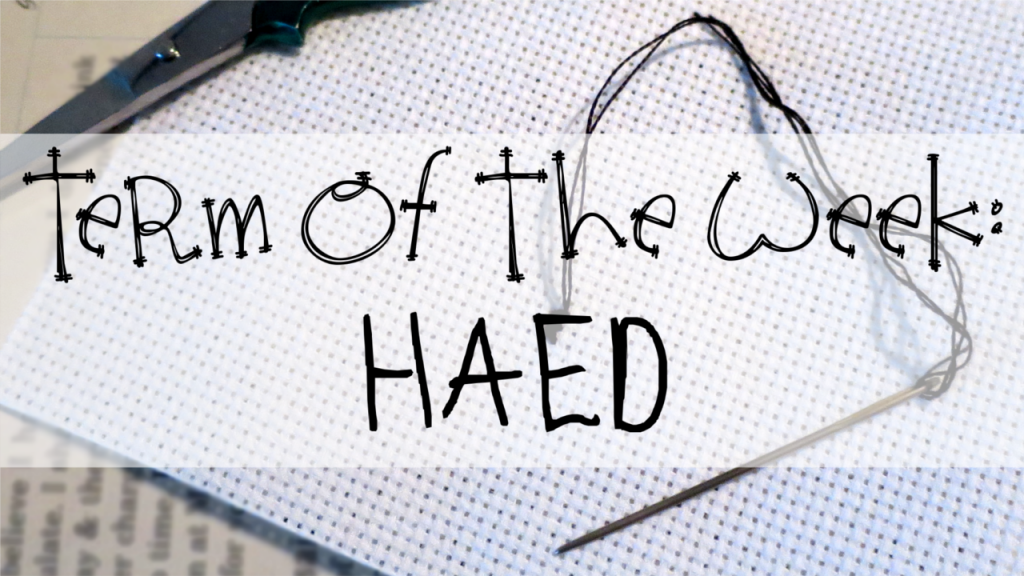

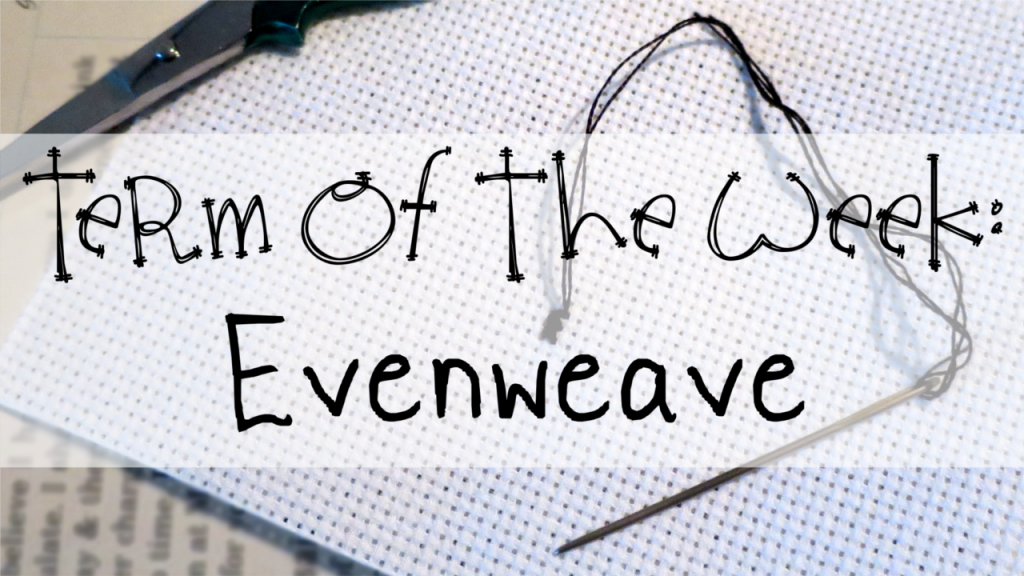
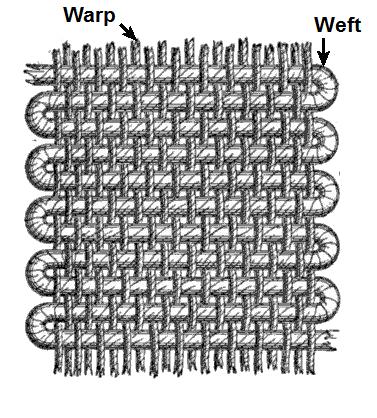
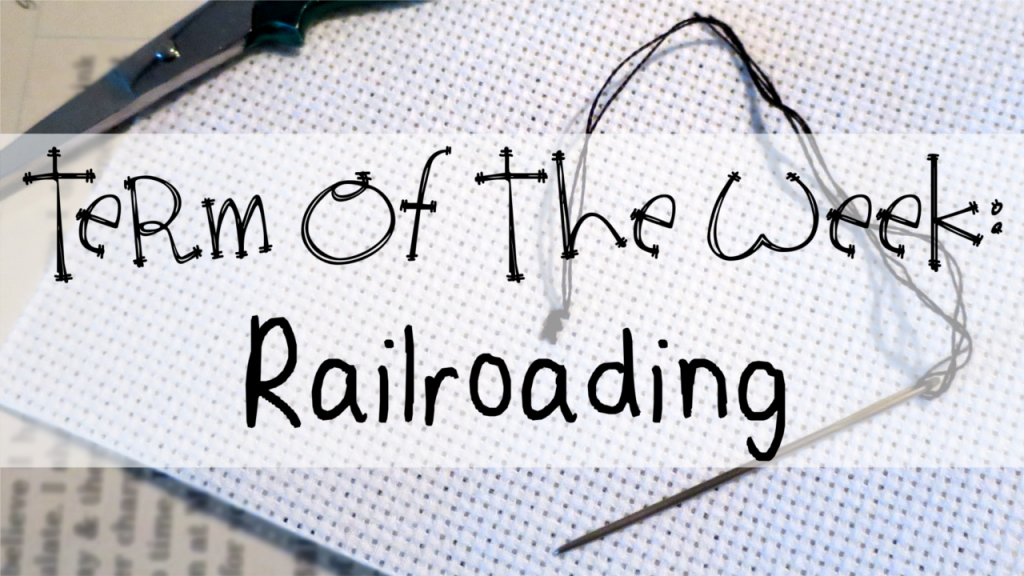
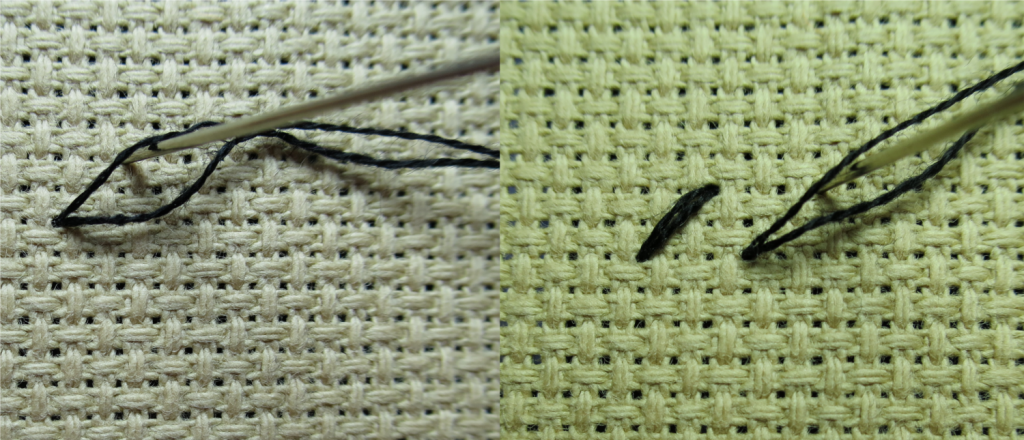
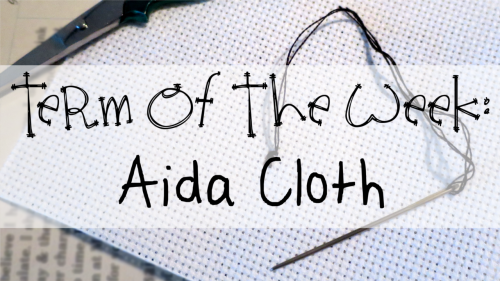
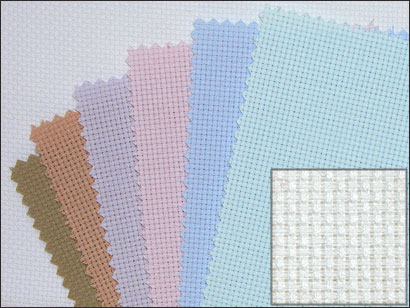
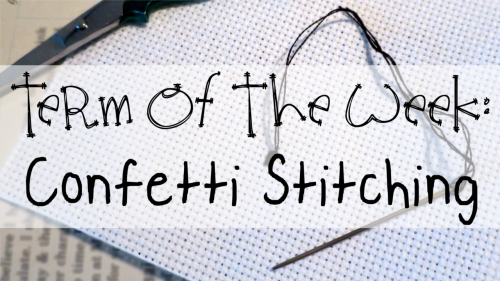
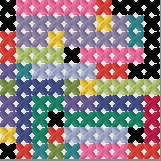
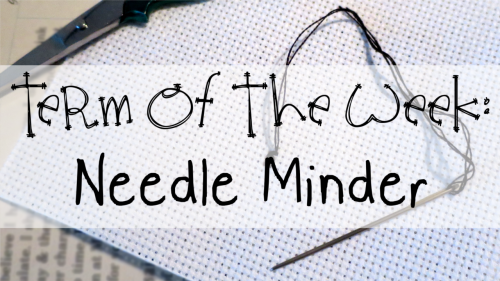 I had never heard of this Term of the Week until a little while ago, and I had to share it with my readers!
I had never heard of this Term of the Week until a little while ago, and I had to share it with my readers!

